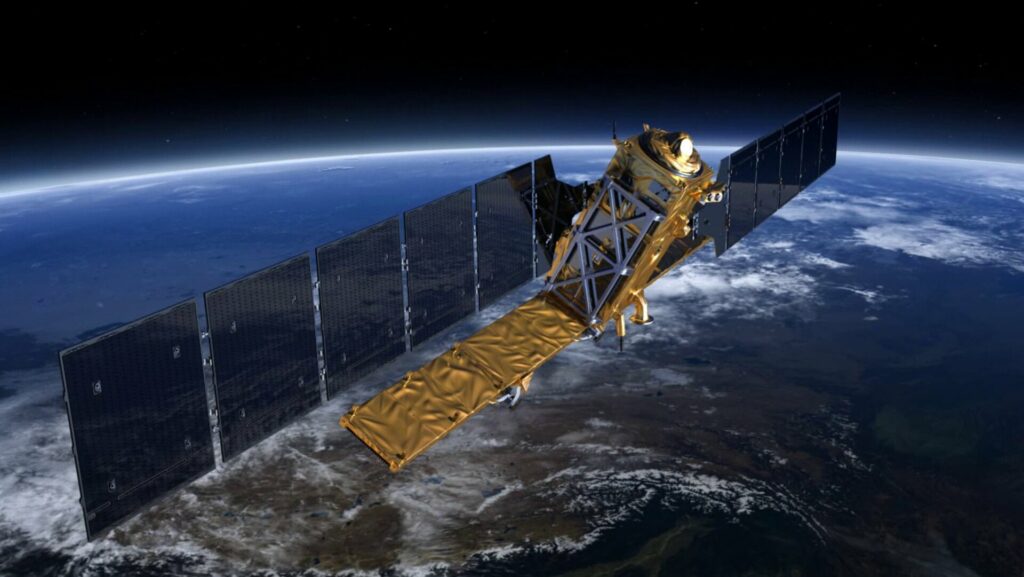The Sentinel-1A satellite belonging to ESA carried out an emergency maneuver. It allowed the spacecraft to dodge a piece of space debris left over from a test of Russian anti-satellite weapons conducted last year.

Sentinel-1A was launched in 2014. The device is equipped with a synthesized aperture radar, which allows it to take pictures of the Earth regardless of lighting conditions and cloud cover. The satellite monitors changes in the Earth’s surface and the consequences of natural disasters. It is also engaged in mapping sea ice, measuring sea level and tracking the movement of ships.
On May 16, ESA received a warning about the high risk of a Sentinel-1A collision with a fragment of space debris with a diameter of several centimeters. The peculiarity of the situation was that there were less than 24 hours left before the collision, which seriously complicated the task of preparing an evasion maneuver. Nevertheless, the mission’s specialists were able to cope with this challenge. Sentinel-1A raised the height of its orbit by 140 meters, which allowed it to successfully miss the debris.
On Monday, for the first time, we performed a set of manoeuvres to avoid a high-risk collision w. #SpaceDebris created in the #Cosmos1408 anti-satellite test last year.
This was a difficult #CollisionAvoidance manoeuvre.????????to our #Sentinel1A Control Team & Space Debris Office pic.twitter.com/dl5OnTAlON
— ESA Operations (@esaoperations) May 18, 2022
The fragment that threatened Sentinel-1A is one of the numerous fragments formed during last year’s test of Russian anti-satellite weapons. In its course, the Kosmos-1408 spacecraft located on the 465-kilometer-long was destroyed. The test led to the formation of thousands of new debris in the most densely populated area of near-Earth space, where, among other things, the ISS is located.
It is worth noting that the Sentinel-1A orbit passes 200 km above the Kosmos-1408 orbit. But the energy released during the destruction of the satellite transferred part of the resulting debris to higher orbits. This has significantly increased the number of satellites that are now in danger due to the reckless actions of the Russian military.
Recall that recently an old Russian engine exploded in near-Earth orbit. This led to the formation of a new cluster of debris.
Follow us on Twitter to get the most interesting space news in time
https://twitter.com/ust_magazine

